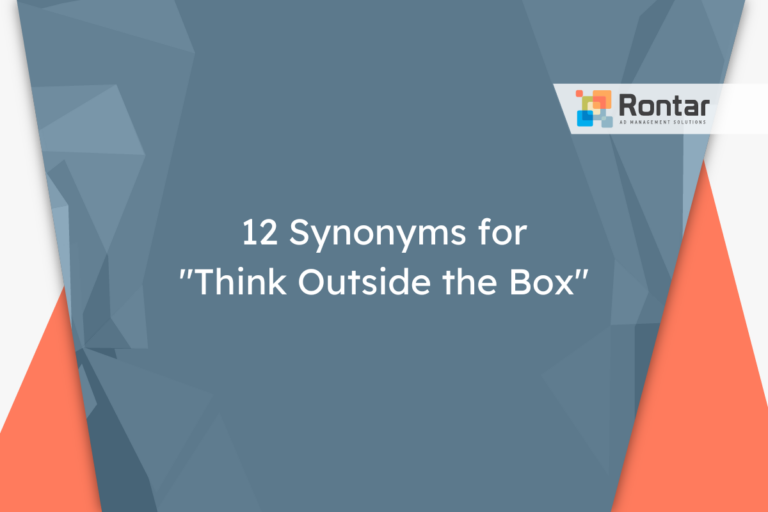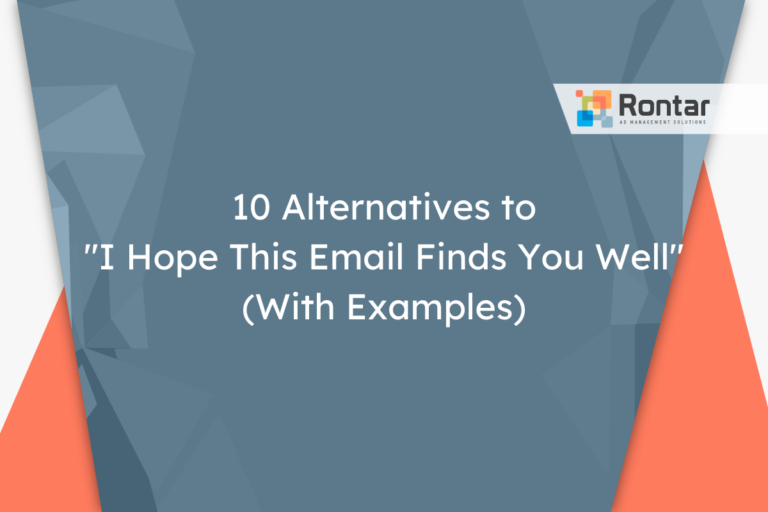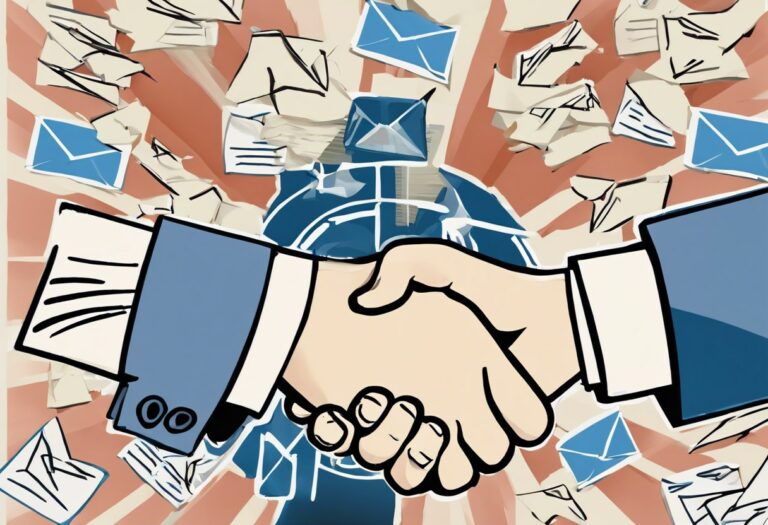9 Professional Ways to Say “I Look Forward to It” in an Email

In emails, saying “I look forward to it” is a common way to show you’re excited about something coming up. But using the same phrase over and over can get boring.
This article lists nine different ways to express anticipation in an email, keeping your messages interesting and fresh. We cover when and how to use each alternative, depending on the formality of your email and who you’re writing to.
Is It Professional to Say “I Look Forward to It”?
Saying “I look forward to it” in a professional setting is indeed professional, formal, and polite. This phrase is widely accepted in various professional settings, regardless of the industry. It conveys a sense of anticipation and eagerness about future events, meetings, or receiving information.
It’s most appropriate in professional emails, during formal meetings, or in official letters where you want to express a keen interest in future engagements. You can use this phrase with colleagues, managers, clients, or any professional correspondent.
Here is an example:
Dear Ms. Smith, Thank you for scheduling our meeting for next Thursday. I look forward to it and the opportunity to discuss our project in more detail. Best regards, Emily Rivera
Pros:
- Conveys eagerness and anticipation in a polite manner.
- Suitable for a wide range of professional situations and recipients.
- Helps to establish a positive and proactive tone in communication.
Cons:
- Can become repetitive if overused in communication with the same people.
- May appear too formal in settings or industries that favor a more casual tone.
While “I look forward to it” is a widely accepted and professional phrase, some might seek alternatives to add variety to their communication or better match the tone of their message with the recipient’s expectations.
9 Other Ways to Say “I Look Forward to It” in an Email
When you want to keep your email messages fresh and engaging, using synonyms or alternative phrases is a smart move. Here are nine alternative ways to express anticipation or excitement about future events in your professional communication:
- I’m very much looking forward to it
- Looking ahead
- I’m really excited about it
- Eagerly awaiting
- Highly anticipating
- Keenly awaiting
- I anticipate eagerly
- I can’t wait
- I’m counting down the days
1. I’m very much looking forward to it
Compared to “I look forward to it,” this phrase adds more emphasis on the level of anticipation. It’s slightly more informal but still polite and appropriate for most professional settings. This alternative works well when you have previously discussed an event or outcome that both parties are positive about.
It’s suitable for emails to colleagues or clients you have established rapport with, especially when discussing events or projects that both parties are excited about. This phrase maintains a balance between professionalism and showing genuine enthusiasm.
Here’s a quick example:
Hello Michael, Thank you for confirming our meeting next week. I'm very much looking forward to it and discussing our next steps. Warm regards, Sara
2. Looking ahead
“Looking ahead” is more neutral and can be seen as both professional and formal. It’s a subtle way of expressing anticipation without conveying too much emotion. This phrase is perfect for situations where maintaining a high level of formality is crucial, such as in correspondence with senior management or external partners.
This alternative suits messages that outline future plans or actions. It’s best used with recipients who expect a certain level of formality in communication, like new clients or higher-level executives.
Example:
Hello Thomas, Thanks for the project details. I've reviewed them and am ready to proceed. Looking ahead, I'm eager for our next meeting. Best, Emily
3. I’m really excited about it
This alternative is decidedly more informal but very polite and energetic, making it an excellent choice for conveying genuine enthusiasm. This phrase is best used in industries or workplaces that encourage a more casual or personal tone in emails.
It’s particularly effective for messages to colleagues you’re familiar with or in situations where you want to express your personal excitement about a project or event. This phrase helps to create a friendly, enthusiastic atmosphere in your email.
Example:
Hey Team, Just heard about the retreat next month. I'm really excited about it and can't wait to see everyone. Cheers, Tom
4. Eagerly awaiting
Equally professional and filled with anticipation, “Eagerly awaiting” conveys a sense of readiness and excitement. This phrase is slightly more formal than “I’m really excited about it” and is suitable for communications with both new and familiar contacts.
This phrase fits well when you are awaiting a response, a product, or a result. It’s great for use in emails to clients, supervisors, or colleagues, especially when you want to imply a respectful yet enthusiastic anticipation.
Here is a sample:
Hello Elaine, Thank you for sending over the documents. I am eagerly awaiting your feedback. Regards, Derek
5. Highly anticipating
“Highly anticipating” is a notch more formal than other alternatives, making it well-suited for emails where a high level of professionalism is needed. This phrase conveys a strong sense of looking forward to something with great interest.
This alternative is best used in formal communications, perhaps with senior management, esteemed clients, or in sectors like law or finance where formality is prized. It’s also suitable when discussing matters of significant importance or excitement.
Email example:
Dear Professor Allen, With the conference fast approaching, I am highly anticipating your keynote speech. Sincerely, Laura
6. Keenly awaiting
“Keenly awaiting” strikes a balance between enthusiasm and formality. It’s professional yet reveals a high level of interest and eagerness. This phrase is particularly effective in emails where you wish to express anticipation without losing a formal tone.
Suitable for a variety of professional settings, from academic correspondence to communications with clients or colleagues about upcoming projects or decisions. It subtly conveys your excitement and readiness to proceed.
Example:
Dear Team, Following our successful audit, I am keenly awaiting our next steps together. Best, Olivia
7. I anticipate eagerly
This phrase is very formal and conveys a deep sense of anticipation. While maintaining a professional tone, “I anticipate eagerly” adds a layer of excitement to the anticipation. This wording is fitting for messages that deal with serious matters where the outcome is much awaited.
It’s effective in communication with people you respect highly or in situations that require a blend of formality and enthusiasm. Think of emails sent to clients about the launch of a new product or updates that are critical to an ongoing project.
Sample message:
Dear Partners, As we draw closer to the launch date, I anticipate eagerly the success of our joint venture. Kind regards, Henry
8. I can’t wait
Among the alternatives, “I can’t wait” is the most informal. It exudes a strong sense of excitement and impatience. This phrase is most suitable for less formal workplaces or in emails to peers or colleagues you have a casual relationship with.
It works best in messages that are meant to be lively and personal. It’s perfect for office events, team outings, or projects that have a fun element to them.
Here’s how you could use it:
Hey Sarah, Saw the agenda for Friday's team-building event. I can't wait! See you there, Jenna
9. I’m counting down the days
“I’m counting down the days” is a colorful and informal way of expressing anticipation. It’s perfect for conveying a strong personal excitement rather than a formal anticipation. Use this phrase when the atmosphere allows for a more personal touch, such as in planning for a team event or when you’re looking forward to a casual meeting.
This suits emails to close colleagues or in a team setting where the tone of communication is relaxed and friendly. It’s great for building rapport and adding a touch of personal excitement to your message.
Example:
Hello Team, With the year-end party just a week away, I'm counting down the days. Best, Carlos
Final Thoughts
Choosing the right way to express anticipation in your emails can make your communication clearer and more engaging. Each alternative offers a different tone, from formal to informal, allowing you to properly match the message to the recipient. By varying your language, you not only keep your emails interesting but also show thoughtfulness in how you address others.






